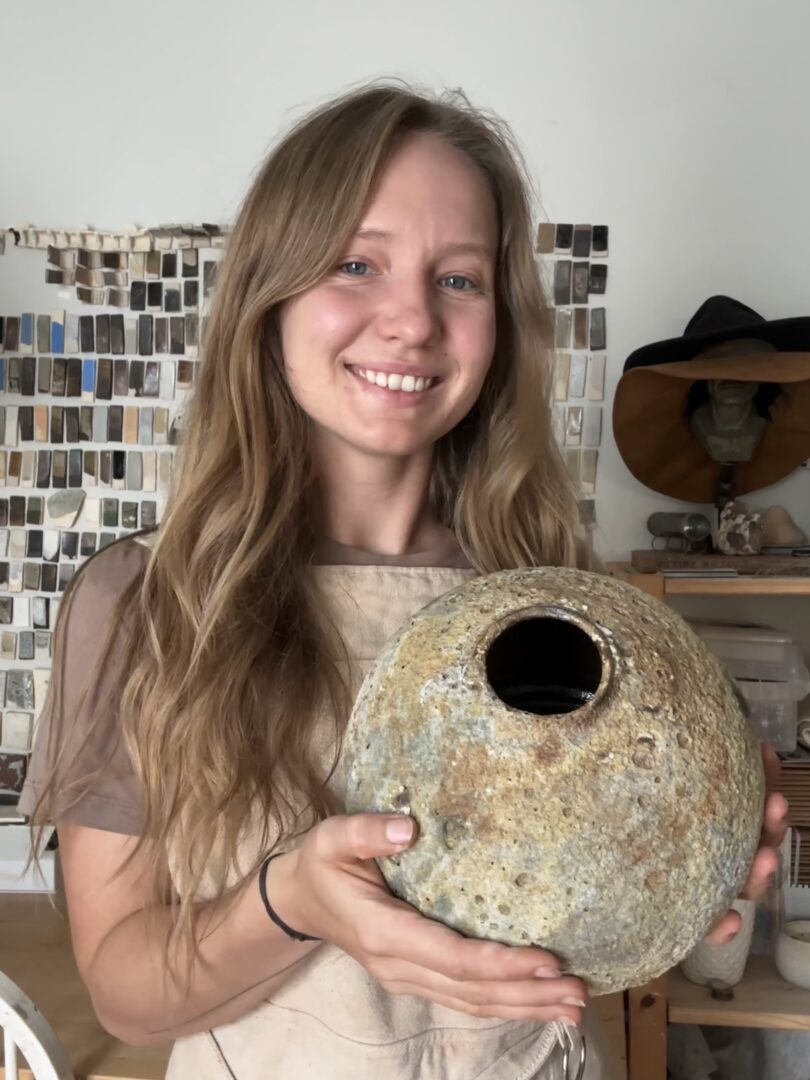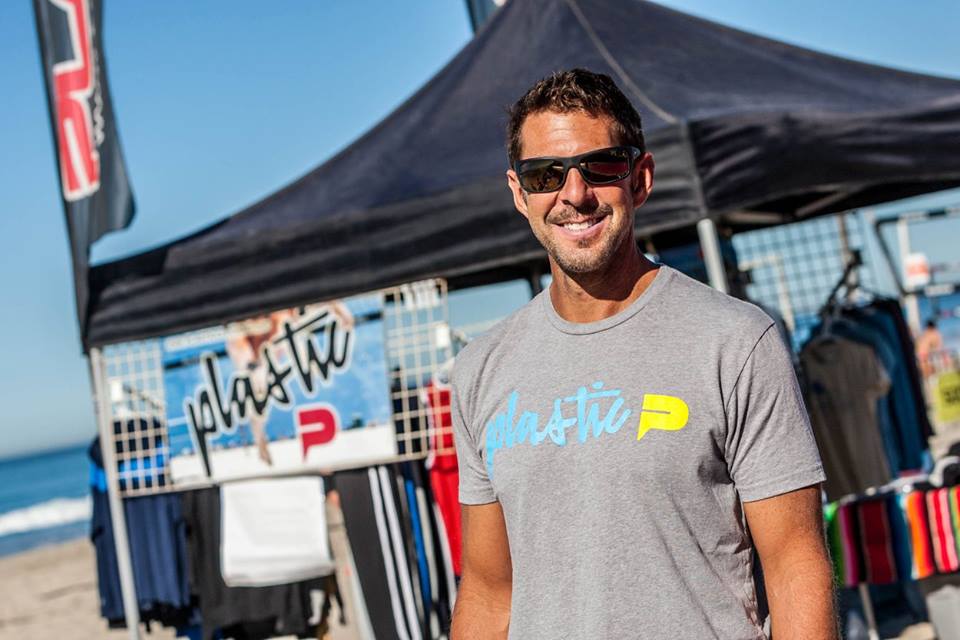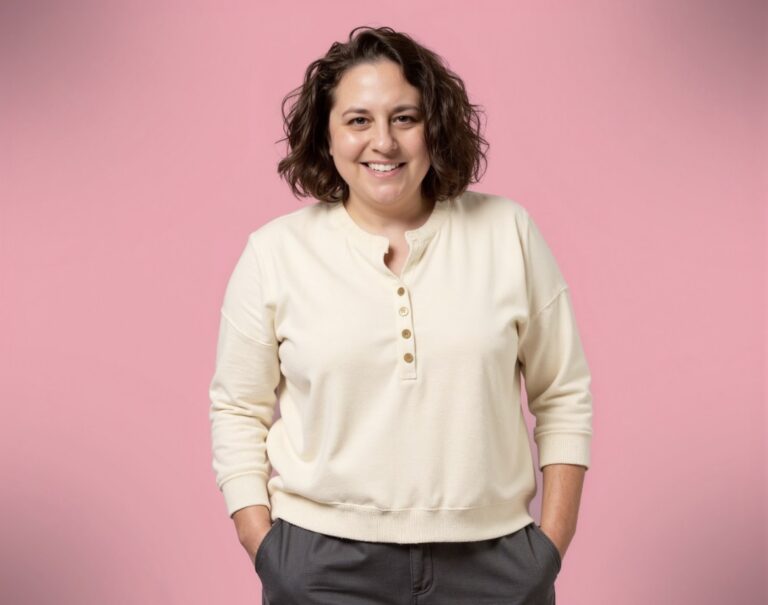We recently connected with Maria Loram and have shared our conversation below.
Maria, so great to have you with us and we want to jump right into a really important question. In recent years, it’s become so clear that we’re living through a time where so many folks are lacking self-confidence and self-esteem. So, we’d love to hear about your journey and how you developed your self-confidence and self-esteem.
My journey toward confidence and self-esteem began a long time ago, during my time as a full-time tutor. This was my first real profession, and it took me years to feel truly comfortable and assured in my abilities. Building confidence in that role involved consistent effort, learning to communicate effectively with clients, and trusting myself to deliver great results. Over time, the amazing feedback, reviews, and outcomes I achieved reinforced my belief in my skills and allowed me to step fully into my role.
When I transitioned into ceramics less than three years ago, things were surprisingly different. Despite being new to the field, I felt an innate confidence in my creative abilities from the very beginning. I think this came from a realization that life is short and that this was my true chance to create authentically and without hesitation. I focused on making pieces that resonated deeply with me, trusting that if I truly loved what I created, others would too.
External milestones have also played a role in bolstering my confidence. Building a large, engaged following on Instagram, gaining international recognition, and teaching incredible students who value and are inspired by my work have all provided validation. Reaching 10,000 followers felt like a turning point—it gave me a sense of liberation as if I had proven something to myself. While I sometimes feel conflicted about needing that external validation, it undeniably gave me the freedom and support to dream bigger and create with even more passion.
Ultimately, my confidence comes from staying true to myself, embracing my journey, and finding joy in the act of creating.
Great, so let’s take a few minutes and cover your story. What should folks know about you and what you do?
My journey as a ceramic artist began after a pivotal life change—my divorce. Though it was amicable, it marked a turning point, inspiring me to reconnect with my creative and spiritual sides. Before ceramics, I worked full-time as a private tutor in math, science, and languages, which honed my analytical skills and a passion for teaching. These skills now inform my ceramics practice, particularly in areas like glaze chemistry, where I merge creativity with technical knowledge.
I discovered ceramics by chance, walking past a pottery studio and imagining how incredible it would be to create something with my hands. From the start, I had a strong vision of the aesthetics I wanted to explore, influenced by my upbringing surrounded by classical arts and my mom’s inspiring career as a fashion designer. With a modest beginning—buying a $100 pottery wheel on Facebook Marketplace—I immersed myself in local pottery courses and community college classes. This led me to open an Etsy shop, launch a website, collaborate with interior designers, and exhibit my work internationally in galleries.
My work is deeply rooted in nature and sustainability. I explore local materials like wild clays and rocks, creating pieces that reflect a connection to the earth. My fascination with the universe and its mysteries influences my aesthetic, often seen in spherical forms that symbolize interconnectedness and the cosmos. These vessels embody the balance between structure and openness, much like how we interact with the world. I am also a huge fan of textures – if you see my pieces you’ll instantly recognize that the finishes I use are very unique and somehow bring you closer to nature.
While my journey in ceramics is still unfolding, I’m thrilled to have added teaching to my practice. I recently began offering courses on creating textures in ceramics, combining my years of teaching experience with my passion for liberating others artistically. Teaching allows me to guide others not only in technical mastery but also in unlocking their creative potential. Looking ahead, I’m excited to launch the second round of my online course in March. I am also continuing to explore the balance between art, science, and self-expression. I am currently working on scaling up my work: building bigger vessels and creating wall installations.
For me, ceramics is not just about creating—it’s a way of life, a journey of discovery, and a means of connecting with others through shared creativity.
There is so much advice out there about all the different skills and qualities folks need to develop in order to succeed in today’s highly competitive environment and often it can feel overwhelming. So, if we had to break it down to just the three that matter most, which three skills or qualities would you focus on?
One of the most impactful qualities in my journey has been letting go of limiting beliefs, self-criticism, and ego-driven thoughts. So much energy is wasted trying to control, predict, or fix thoughts and emotions that stem from our need to protect or bolster the ego. When we accept things as they are and stop letting self-doubt, over-analysis, or the desire to prove ourselves dictate our actions, we unlock a tremendous amount of creative energy. This acceptance—recognizing that every experience, good or bad, is a valid part of life—frees us to focus on what truly matters and brings deeper meaning to our work.
Finding the tools that allowed me to support emotional and creative freedom was crucial for me. Whether it’s through therapy, yoga, meditation, or other spiritual practices, these tools help quiet the mind, dissolve ego-driven expectations, and open the heart. They allow us to let go and trust the process, creating space for genuine expression.
Lastly, embracing curiosity and persistence has been vital. Creativity is rarely straightforward; it’s a journey of exploration, failure, and growth. For anyone starting out, my advice is to be patient, embrace the present moment, and invest time in understanding yourself. When you free your mind from the need to control everything, you’ll find that energy flows naturally into your work—and into a life lived with more joy and fulfillment.
Thanks so much for sharing all these insights with us today. Before we go, is there a book that’s played in important role in your development?
Rick Rubin’s <i>The Creative Act: A Way of Being</i> has shaped how I think about both art and life. It’s not just a book about creativity—it’s a guide to seeing ourselves as vessels through which the universe creates. Rubin’s perspective confirmed my realization that creativity isn’t something we own or control; it’s something we channel through ourselves. When we let go of our ego and stop striving for perfection or validation, we can tap into a limitless flow of ideas and inspiration.
One of the most powerful messages in the book is that everyone is inherently creative. Creativity isn’t reserved for a select few; it’s part of being human. Whether we’re making art, solving problems, or expressing ourselves in everyday life, we’re constantly creating. The key is to remain open and curious, allowing inspiration to move through us without judgment or fear. The joy of creating comes from being fully present in the act itself, not from the final product or how it’s received. This mindset has transformed how I approach my work, allowing me to create with more freedom, authenticity, and joy. It’s a reminder that we’re all capable of connecting with this creative force—it’s just a matter of quieting the noise, trusting ourselves, and letting the universe flow through us.
Contact Info:
- Website: loramceramics.com
- Instagram: https://instagram.com/loram.ceramics/
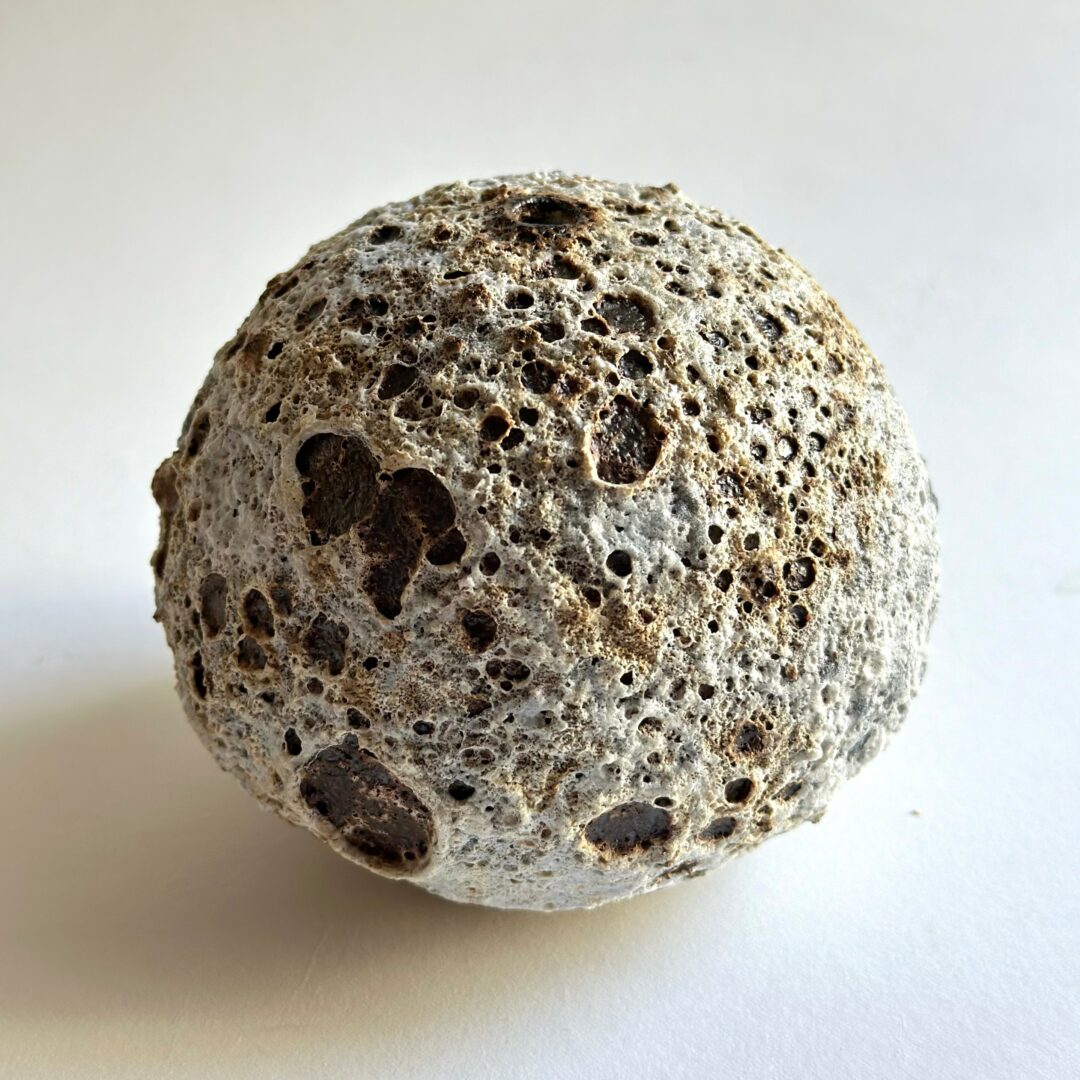
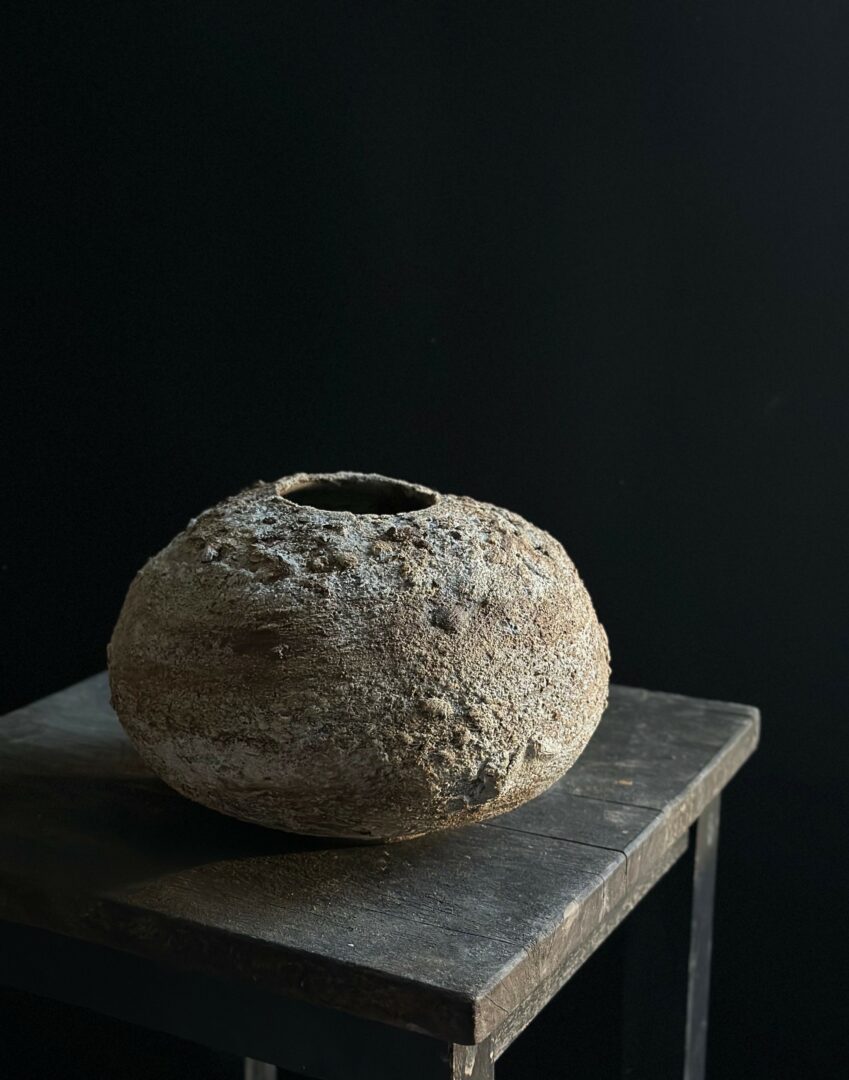
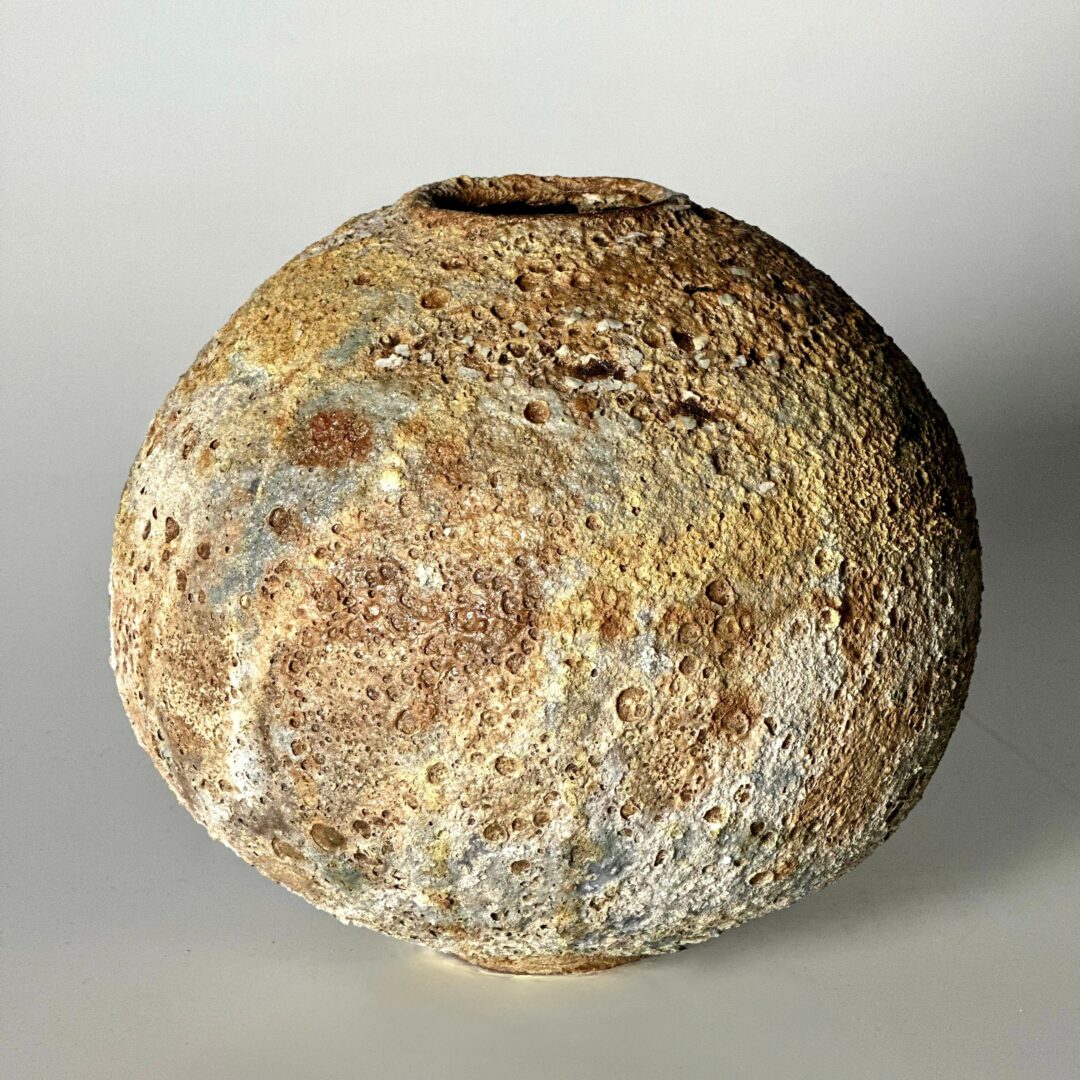


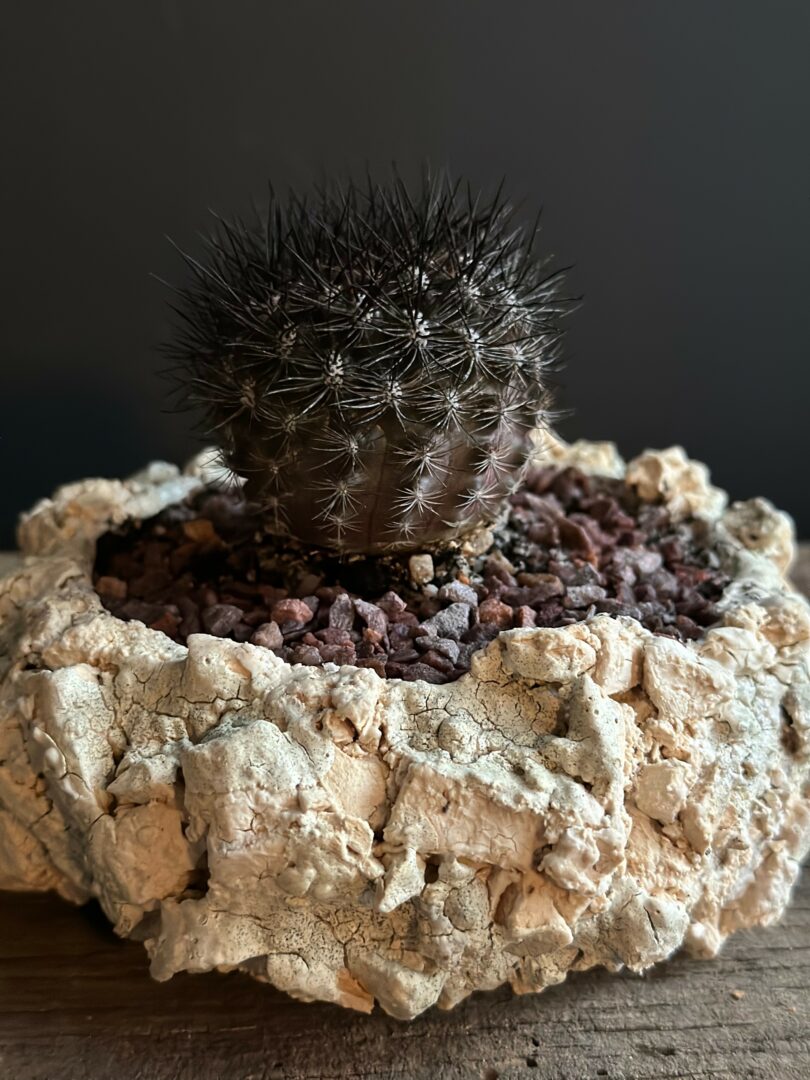
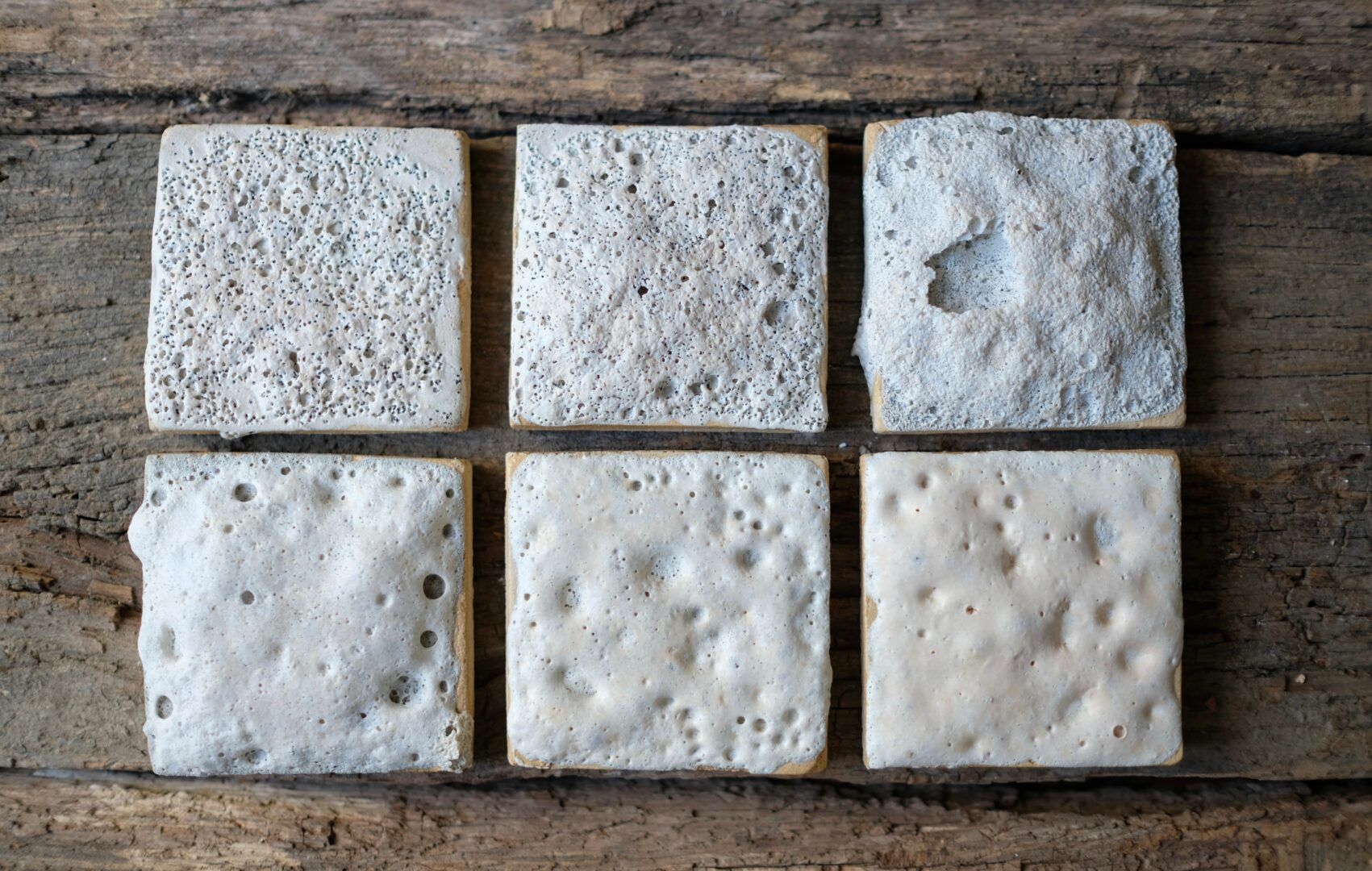
Image Credits
Maria Loram

